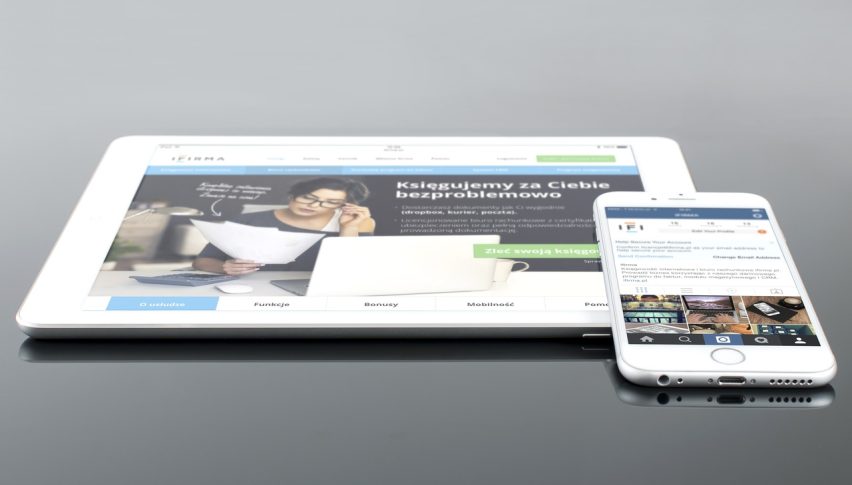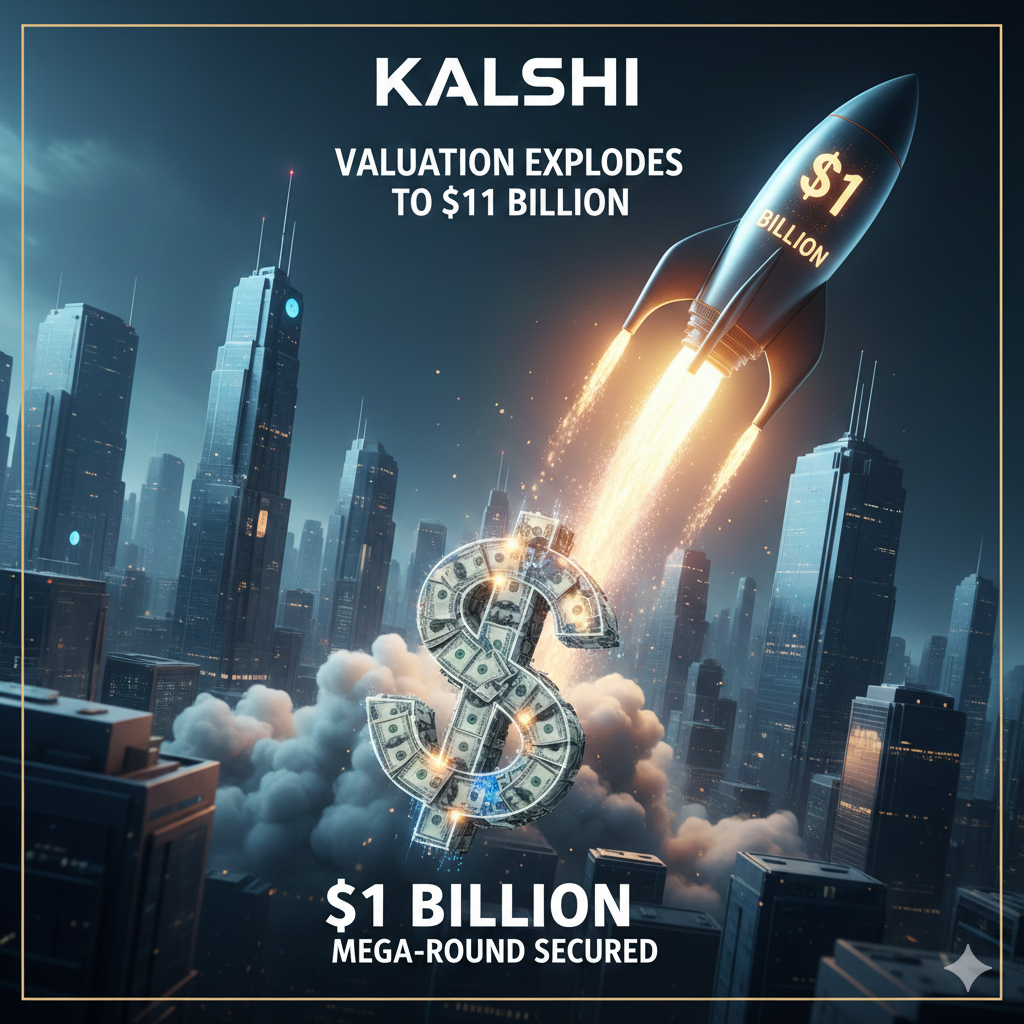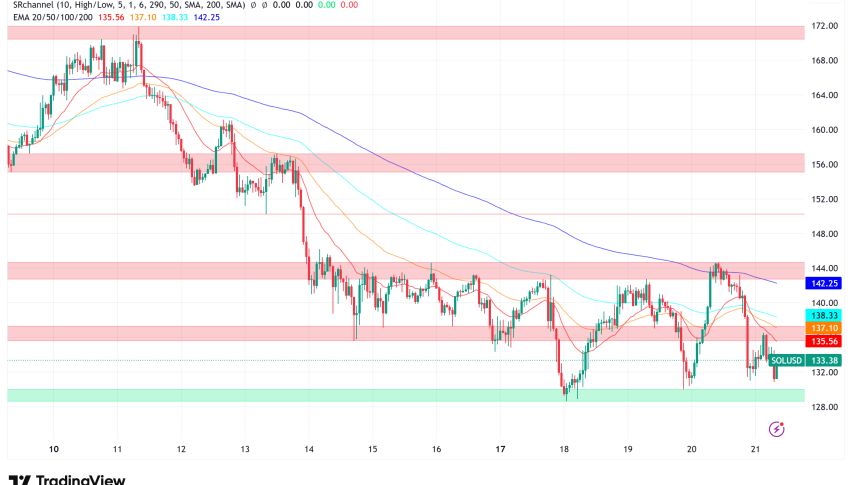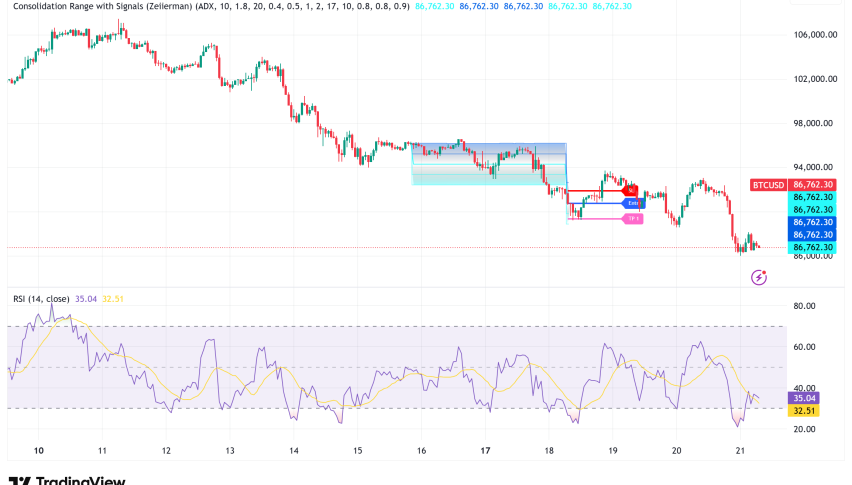Kalshi Valuation Soars to $11 Billion Following Massive $1 Billion Funding Round
Kalshi, a prediction market platform, has raised a huge $1 billion, bringing its value to $11 billion and making it one of the most valuable

Quick overview
- Kalshi has raised $1 billion, increasing its valuation to $11 billion, making it a leader in the prediction markets sector.
- The funding round was led by Sequoia Capital and CapitalG, highlighting continued investor confidence in the company.
- Kalshi's trading volume surged to $50 billion annually, reflecting the rapid growth of prediction markets, especially during election cycles.
- Despite its success, Kalshi faces ongoing regulatory challenges as it navigates the complex legal landscape of prediction markets.
Kalshi, a prediction market platform, has raised a huge $1 billion, bringing its value to $11 billion and making it one of the most valuable companies in the quickly growing prediction markets sector.

Sequoia Capital and CapitalG, two investors who have been with the company since the beginning, led the most recent round of funding. This shows that big venture capital firms still believe in the potential of the seven-year-old corporation. This is a huge increase in Kalshi’s value in less than two months. In October, the firm raised $300 million, which gave it a value of $5 billion.
The quick fundraising shows how fast prediction markets have grown in the past year. Other well-known companies that have invested in Kalshi are Andreessen Horowitz, Paradigm, Anthos Capital, and Neo. However, these companies did not take part in the most recent round.
Kalshi Rides the Prediction Market Wave
Kalshi’s rapid development is a sign of bigger trends in the prediction market industry, which became more popular during last year’s presidential election cycle. A lot of people were interested in both Kalshi and its main competitor Polymarket because they let people bet on the outcomes of elections. Earlier this month, both platforms correctly predicted the results of New York City’s mayoral election.
The company’s aggressive marketing plan has also worked out well. During the Mamdani vs. Cuomo mayoral contest, Kalshi bought ad space on New York subway cars that showed live odds for each candidate. This greatly increased brand awareness among potential customers.
By mid-October, trading volume on the platform had grown to $50 billion a year, which is more than a thousand times what it was the year before, when it was only $300 million. DefiLlama says that since September, Kalshi and Polymarket have traded more than $17.4 billion, with Kalshi accounting for 61.4% of that total.
Platform Expansion and Integration
Kalshi now works in more than 140 countries, where people can wager on a wide range of future events, from the Person of the Year selection by Time magazine and movie review scores to long-term political results. The platform has also made big connections with Google Finance, Robinhood, Elon Musk’s xAI and Grok, and the Pyth Network.
Tarek Mansour and Luana Lopes Lara, two former hedge fund traders, started the company together. They met as undergraduates studying computer science and math at MIT.
Regulatory Challenges Persist
Kalshi is still dealing with complicated legal issues, even if it is doing well in business. Last year, the business successfully sued the Commodity Futures Trading Commission to allow Americans to use its platform. However, it is still in legal battles with many state authorities who say its activities are unlawful gambling.
Prediction markets are in a gray area between financial instruments and regular gambling, which makes it hard for the sector to follow the rules.
A Look at the Prediction Markets’ Competitive Landscape
Kalshi is worth $11 billion, which puts it in direct rivalry with Polymarket, which is looking for more capital at a value of between $12 billion and $15 billion. Polymarket just finished a $1 billion round at a $8 billion pre-money value. It has now returned to the U.S. market in beta mode after being banned from servicing American residents till 2022.
As prediction markets become more popular and see more trade, both companies seem ready to keep growing. However, regulatory issues are still a big unknown for the future of the industry.Try again
- Check out our free forex signals
- Follow the top economic events on FX Leaders economic calendar
- Trade better, discover more Forex Trading Strategies
- Open a FREE Trading Account


